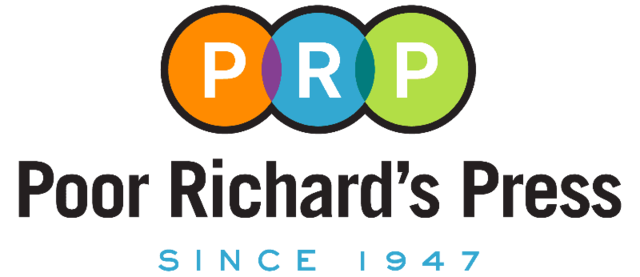Legacy Preparatory Charter Academy in Mesquite Texas is off to a fast start with their new Xerox Digital Production Printing Pathway Course. The Pathways Course is designed to help build tomorrow’s digital printing workforce by teaching students the skills required in today’s printing companies.
The school recognized the tremendous growth of digital commercial and industrial printing and added the course for the 2023-2024 school year. Legacy Prep through meticulously designed 21st-century programs, their learning academy equips students with the skills essential for thriving in both academic and real-world settings
The new course curriculum complements Legacy Prep’s existing philosophy of empowering students in grades K-12 to take charge of their education. They accomplish this by preparing them for careers by implementing innovative opportunities using project-based learning and enriching educational programs. Legacy Prep’s focus is on coursework that provides the skills necessary to succeed in and outside the classroom.
The school added the course after a review by Innovation Specialist, Bradi Braley and Senior Director, Josie Eatman. Legacy Prep’s Principal, Dr. Stephanie Edwards, recognizing the opportunity to develop graphic communications skills related to graphic design and printing technology decided to add the course.
Graphic Communications Instructor, Tomas Matic, is teaching the Pathways printing course along with a separate graphic design course. The 50 students enrolled in 4 classes are getting many opportunities for “hands-on” experiences in producing printed projects using a state-of-the-art Xerox press. Mr. Matic brought his previous classroom and graphic design experience to implement the Pathways Course at Legacy Prep. Intellective Solutions, the developer of the course, worked with Mr. Matic through a series of Zoom calls to build his printing skills and gain a comfort level with the lesson plans, PowerPoint screens, samples, and student hands-on exercises provided.
Instructor, Tomas Matic said, “I was thrilled with the support and resources he has received from Xerox and Intellective Solutions. Frank Kanonik of Intellective Solutions is the best printing teacher anyone could have. He helped me ramp up to teach the class with confidence. The materials are excellent. I was able to build on them to introduce fun competitions and activities between students.
Mr. Matic’s efforts and dedication to his students were acknowledged this year by the PIA of MidAmerica when he was awarded the Educator of the Year award at their recent annual banquet.
His class also entered the student print competition and won the competition for researching, designing, and printing a replica of a historical newspaper to celebrate Hispanic Heritage Month. It was produced on a 12-inch by 18-inch sheet of paper that resembled newsprint and printed on the Xerox digital press. The award-winning entry is proudly displayed in the print classroom.
Mr. Matic explained, “I am immensely flattered by the image of the Educator of the Year award but I would much rather highlight the efforts of Ms. Jessica Sanchez of the Mid America Printing Industries of America (PIA) and my guys from 5th Period Printing & Imaging as well as Drew Grace of Xerox and Frank Kanonik and Joe Rickard of Intellective Solutions. I deeply appreciated the support of Teresa Campbell, Jessica Sanchez of the PIA team, and all my wonderful students who deserve the lion's share of the credit for making this class, indeed this academic year, such a success!
Intellective Solutions Since our founding in 2003, we have delivered, through training and consulting, significant results for digital and inkjet printing organizations, technology companies, and K-12/CTE/vocational schools throughout the world.. Our strategy is to leverage the latest developments in the graphic communications industry to provide time and cost-effective solutions based on our customer’s specific needs.
Joe Rickard 845 753 6156



















